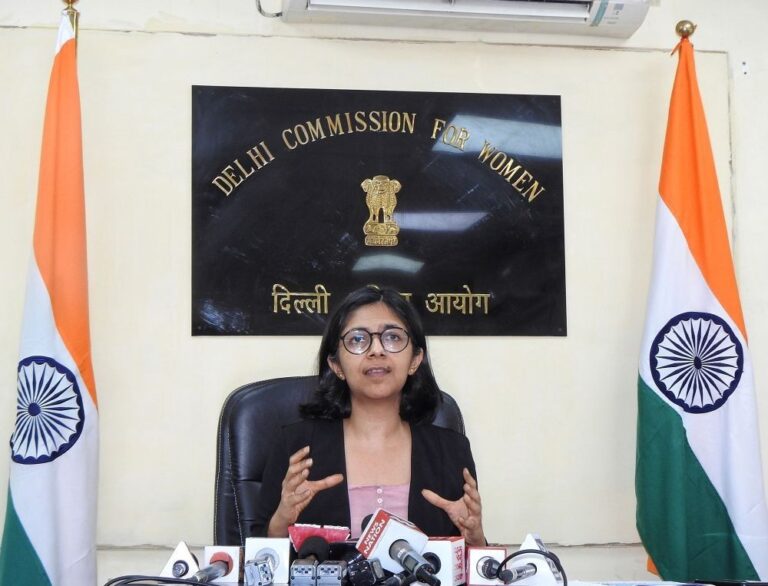Chlorine Gas Leak in Dehradun – What We Know So Far
Earlier today, on January 9th, a dangerous chlorine gas leak occurred in the Jhajra area of Dehradun, Uttarakhand. Preliminary reports suggest some abandoned chlorine cylinders dumped in an empty plot started leaking, impacting locals in the vicinity.
Authorities including the police, NDRF, SDRF and fire brigades rushed to the site upon receiving distress calls about difficulty in breathing due to the gas leak. The teams safely reached the location wearing protective gear and masks.
The priority was to plug the leak and transfer the faulty cylinders to a secure location to prevent further harm. Officials coordinated digging efforts to bury and contain the cylinders leaking toxic gas.
Around the site, many people complained of breathing issues, coughing and eye irritation as chlorine gas can badly impact the respiratory system when inhaled. About 200-250 residents from neighborhoods like Vijay Park and Selaqui were evacuated and taken to safer areas.
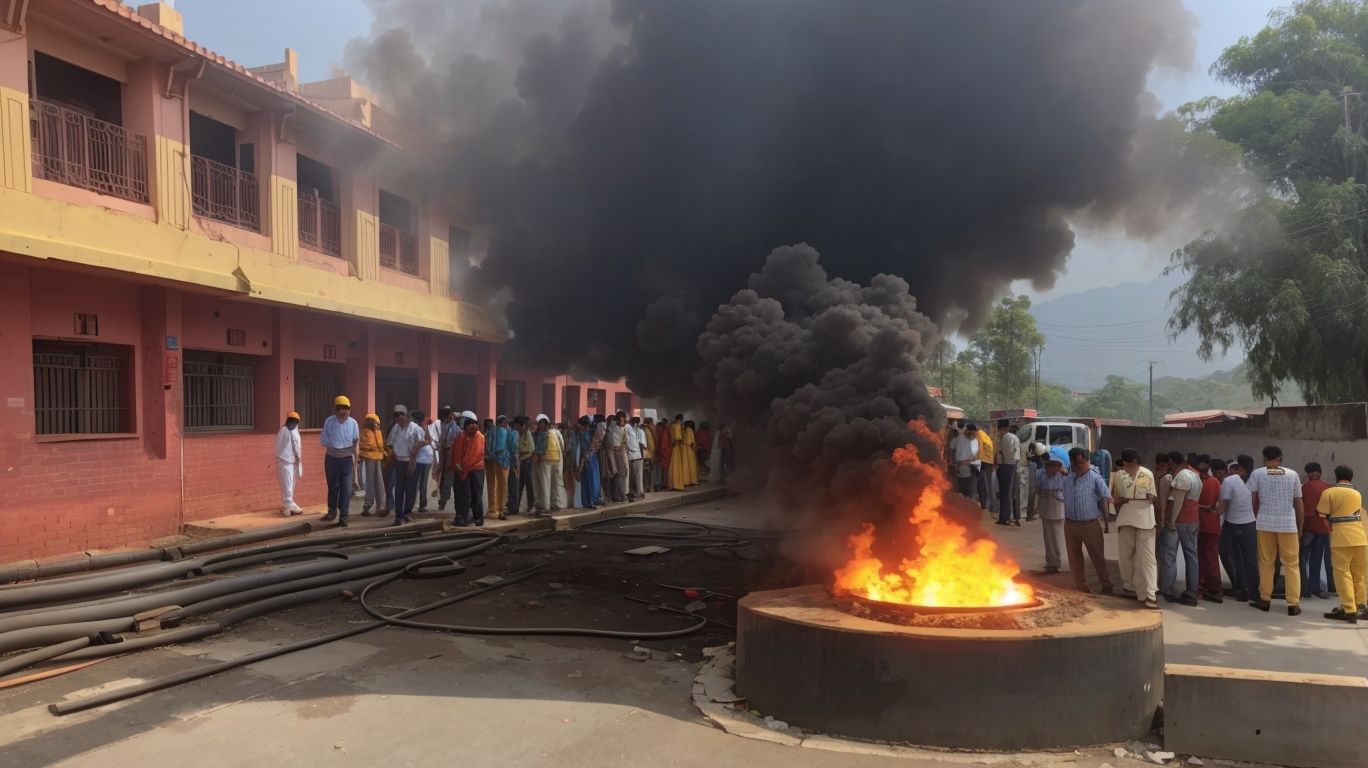
The leak was fully contained within an hour through the coordinated efforts of the emergency response teams. However, around 50 individuals have been hospitalized so far and are under medical observation. Doctors say the next 24-48 hours are critical in chlorine gas exposure cases as fluids can accumulate in the lungs.
As a safety measure, locals have been advised to stay indoors, shut their windows and cover their faces while traveling nearby. Schools in the vicinity will also remain closed on Wednesday.
Investigations are underway into the exact cause of the incident and how abandoned chlorine cylinders ended up leaking in the location. The Uttarakhand Pollution Control Board (UPCB) is involved in assessing the aftermath.
This disturbing incident highlights the need for more stringent safety mechanisms while dealing with hazardous gases like chlorine to avoid risk to human life in the future. Authorities continue rescue and rehabilitation efforts on war footing to aid those impacted in Dehradun today.
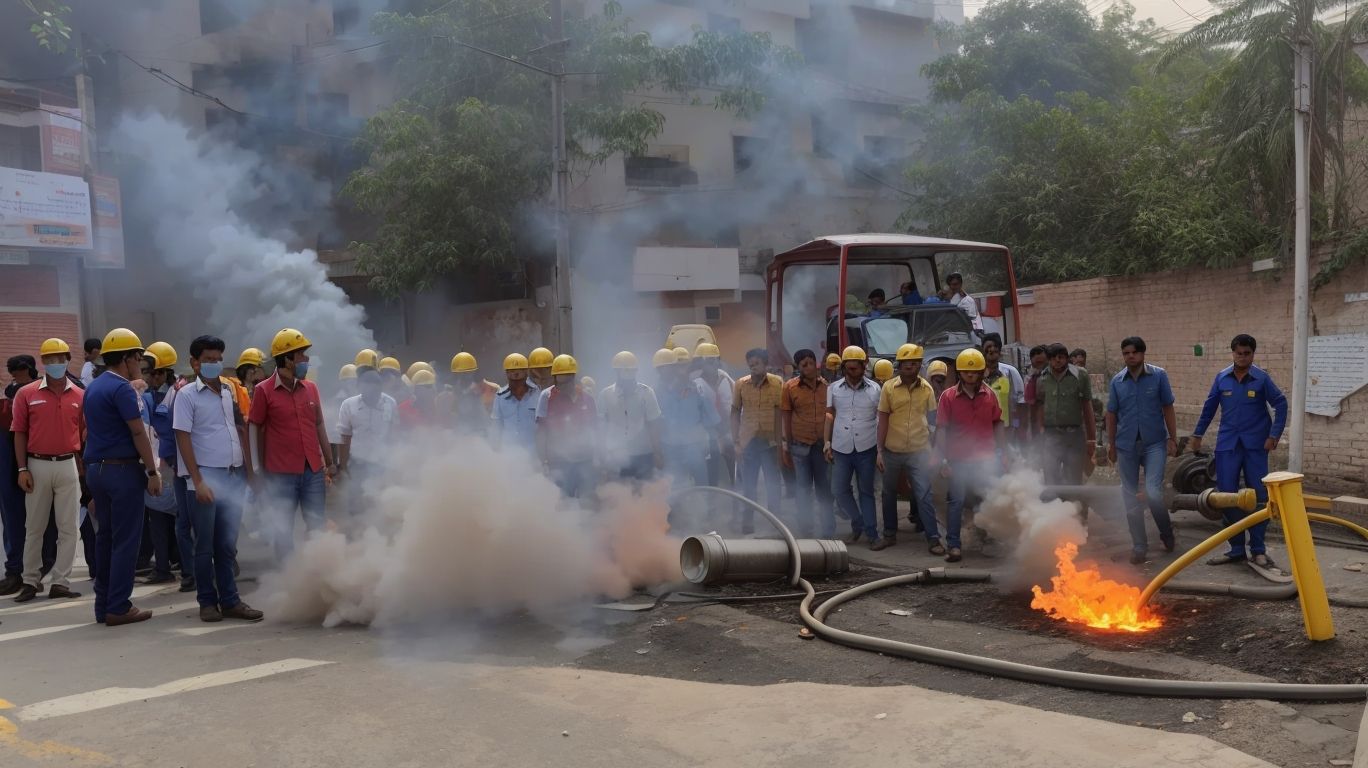
Chlorine Gas Leak in Dehradun
| Key Detail | Description |
|---|---|
| Incident | Chlorine gas leak |
| Location | Jhajra area, Dehradun, Uttarakhand |
| Time | Morning of January 9, 2024, around 12:30PM |
| Source of Leak | Abandoned chlorine gas cylinders dumped in empty plot |
| Impacted Radius | Within 2 km |
| Areas Evacuated | Vijay Park, Selaqui |
| Estimated People Exposed | 200-250 residents |
| Symptoms Reported | Breathing difficulties, coughing, burning sensation in eyes |
| Emergency Responders | Police, SDRF, NDRF Fire Department |
| Time Taken to Plug Leak | Within an hour |
| Protective Gear Used | Masks, hazmat suits |
| Safety Advisories | Stay indoors, cover nose and mouth |
| Schools Impacted | Closed as a precautionary measure |
| Investigation Agency | Uttarakhand Pollution Control Board |
| Hospitalized | Around 50 victims |
| Potential Health Issues | Respiratory complications, fluid accumulation in lungs |
Chlorine Gas Leak Triggers Evacuations in Dehradun Neighborhood
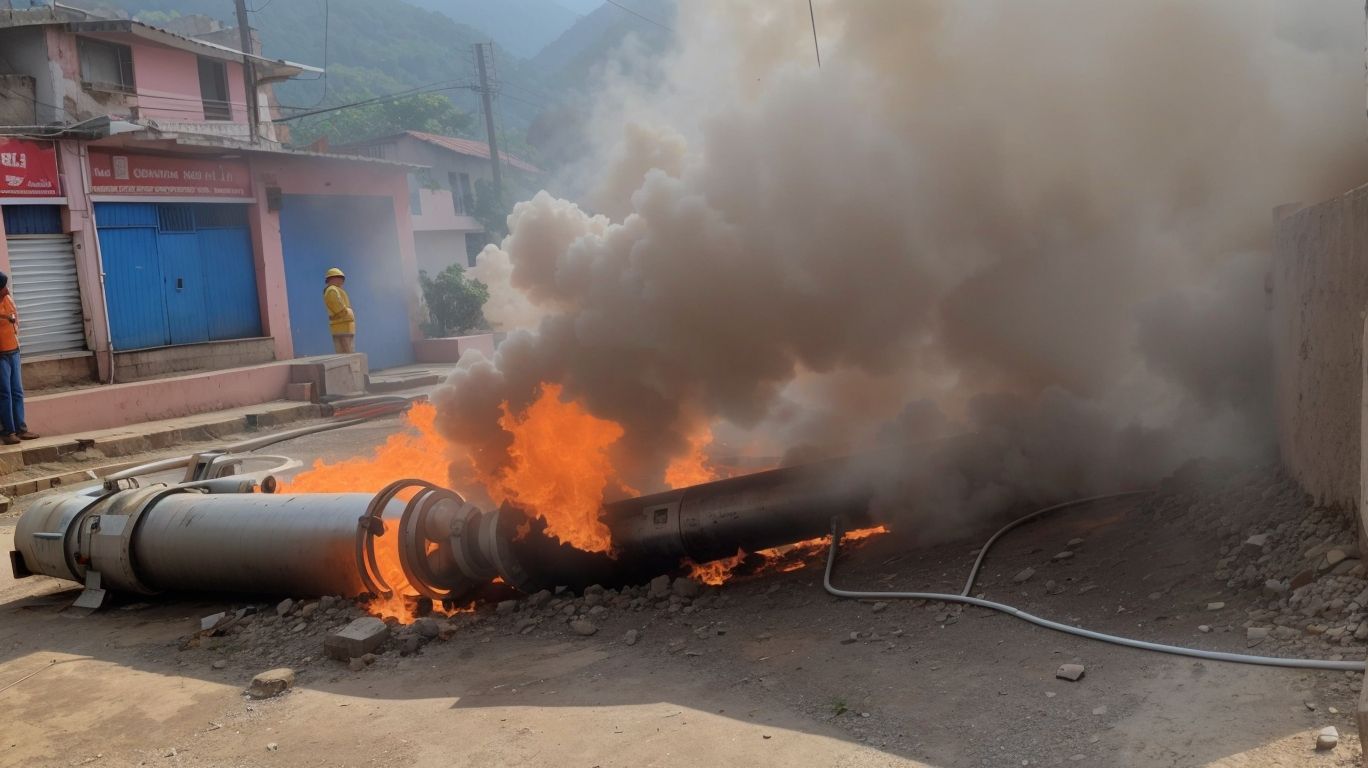
In a deeply troubling incident earlier today, a dangerous chlorine gas leak was reported in the Jhajra area of Dehradun, the capital city of Uttarakhand. According to preliminary reports, abandoned chlorine gas cylinders had been recklessly dumped in an empty plot of land which started leaking, triggering chaos and panic in the surrounding residential areas. Chlorine Gas Leak in Dehradun
Upon receiving multiple urgent calls about locals facing breathing difficulties and choking sensations, disaster response teams from the police, fire brigade, National Disaster Response Force (NDRF) and State Disaster Response Force (SDRF) immediately rushed to the site. The area within a 2 km radius of the leaking cylinders was evacuated as chlorine gas can severely damage the lungs and respiratory system if inhaled in high concentrations.
Around 200-250 residents from neighborhoods like Vijay Park and Selaqui were moved out as quickly as possible from the toxic plumes spreading through their streets. Shocking visuals emerged of men, women and children choking, coughing relentlessly with burning eyes as they struggled to make their way to safety. Teams donned hazmat suits and masks to enter the impact zone to plug the leak, transferring the cylinders to an isolated space and burying them to contain the outflow.
The Uttarakhand Pollution Control Board has begun investigating the causes behind the unexpected gas leak. It also bears looking into how and why such dangerous chemicals ended up abandoned near residential areas without adequate safeguards. Chlorine is widely used as an industrial disinfectant and cleaning agent, but also weaponized during warfare due to its harmful physiological effects.
Doctors have voiced serious concerns regarding the health impacts from today’s leak, with 50 victims hospitalized so far. Chlorine gas penetrates deep into the lungs when inhaled, causing fluid buildup that can worsen over the next few days. This could lead to myriad respiratory complications for those exposed, especially children and the elderly. Teams are working overtime to provide medical support to all those affected.
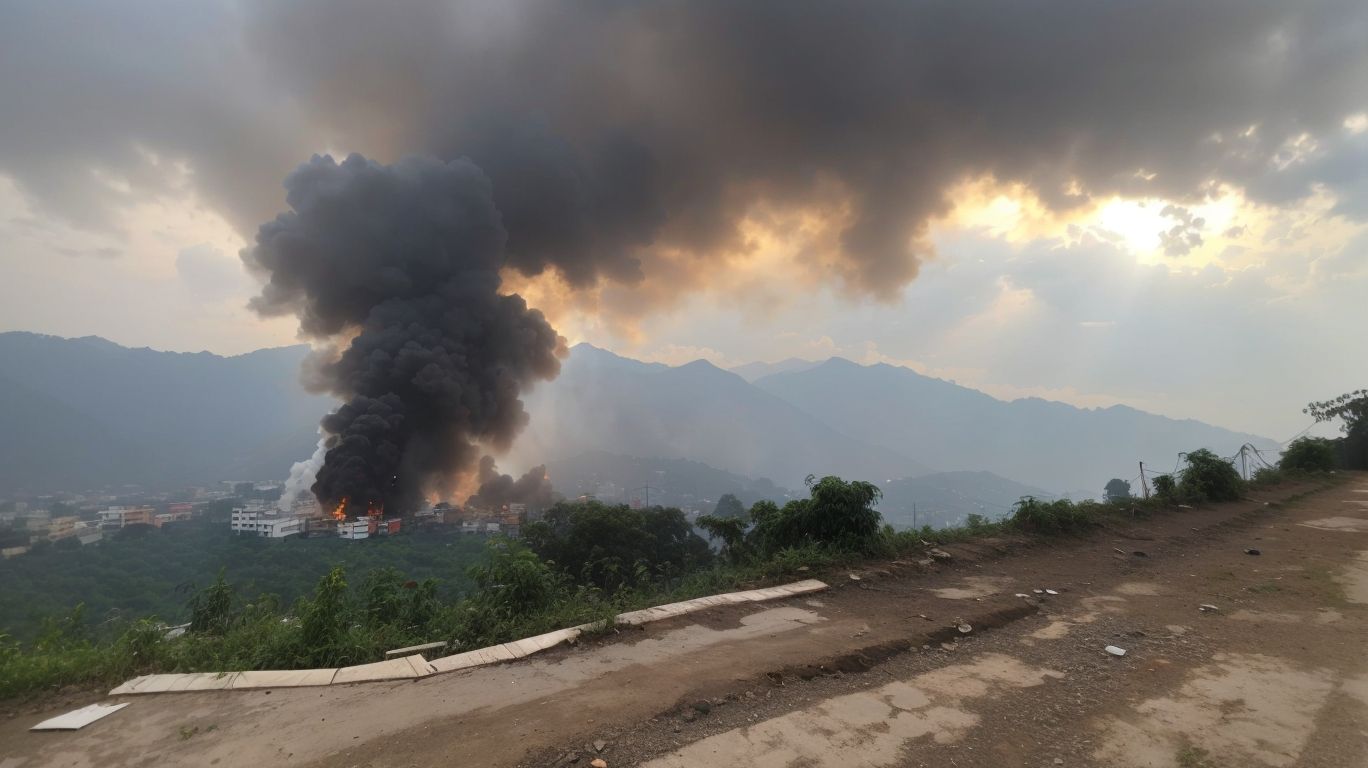
The incident serves as a wake-up call for more stringent protocols regarding storage, transportation and disposal of hazardous substances like chlorine gas cylinders. Thorough inspection mechanisms must be introduced to prevent such dangerous lapses that put innocent lives at risk. Today, Chlorine Gas Leak in Dehradun narrowly averted a worse catastrophe through the selfless efforts of its emergency response network. However, the scars from this chlorine leak may haunt its survivors for years to come. Local authorities also face tough questions over how such threats arise at the first place despite advanced early warning technologies. Rebuilding public trust shall be the first step after the initial shock and trauma of today’s leak subsides across the city’s populace.




